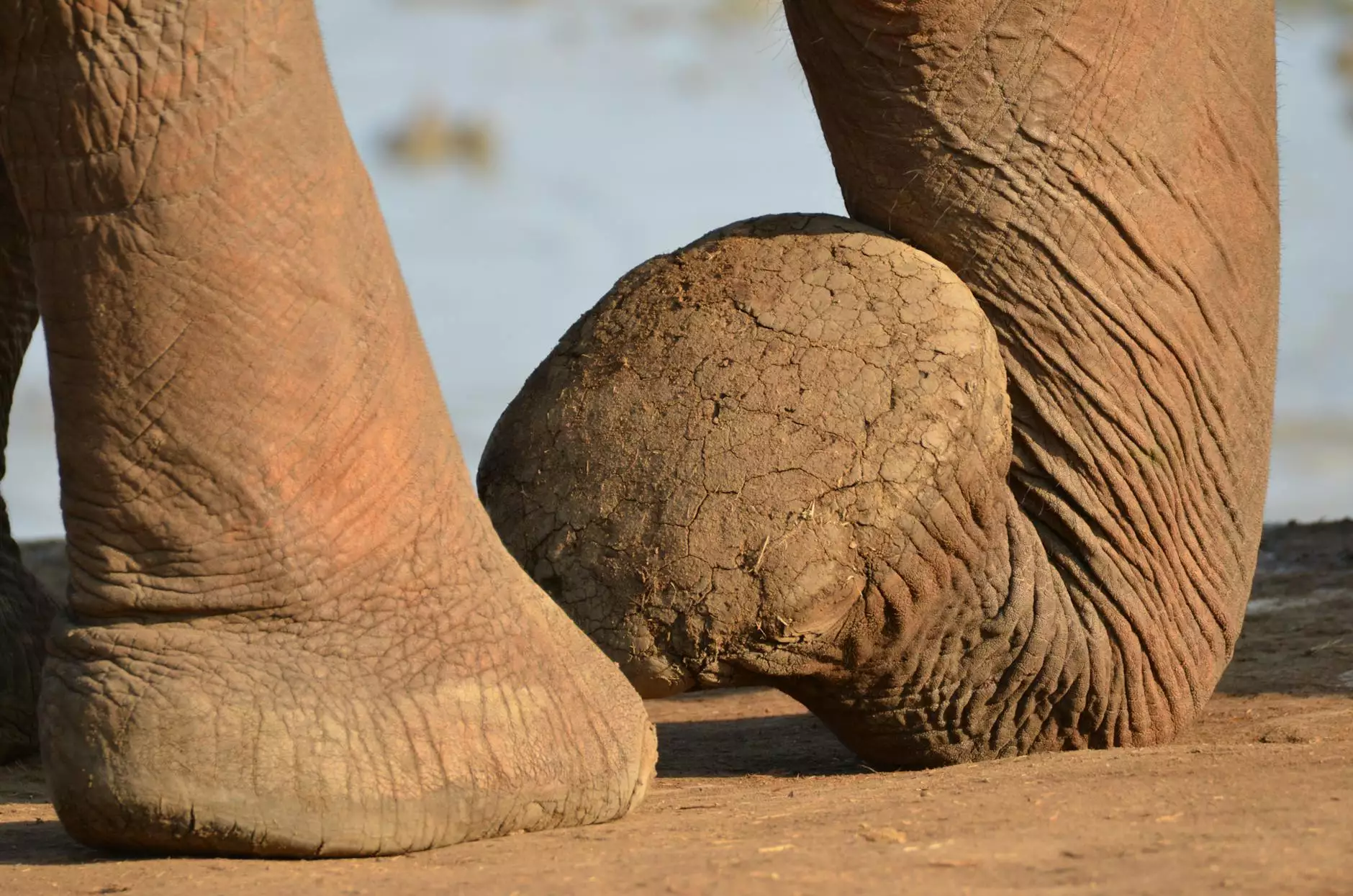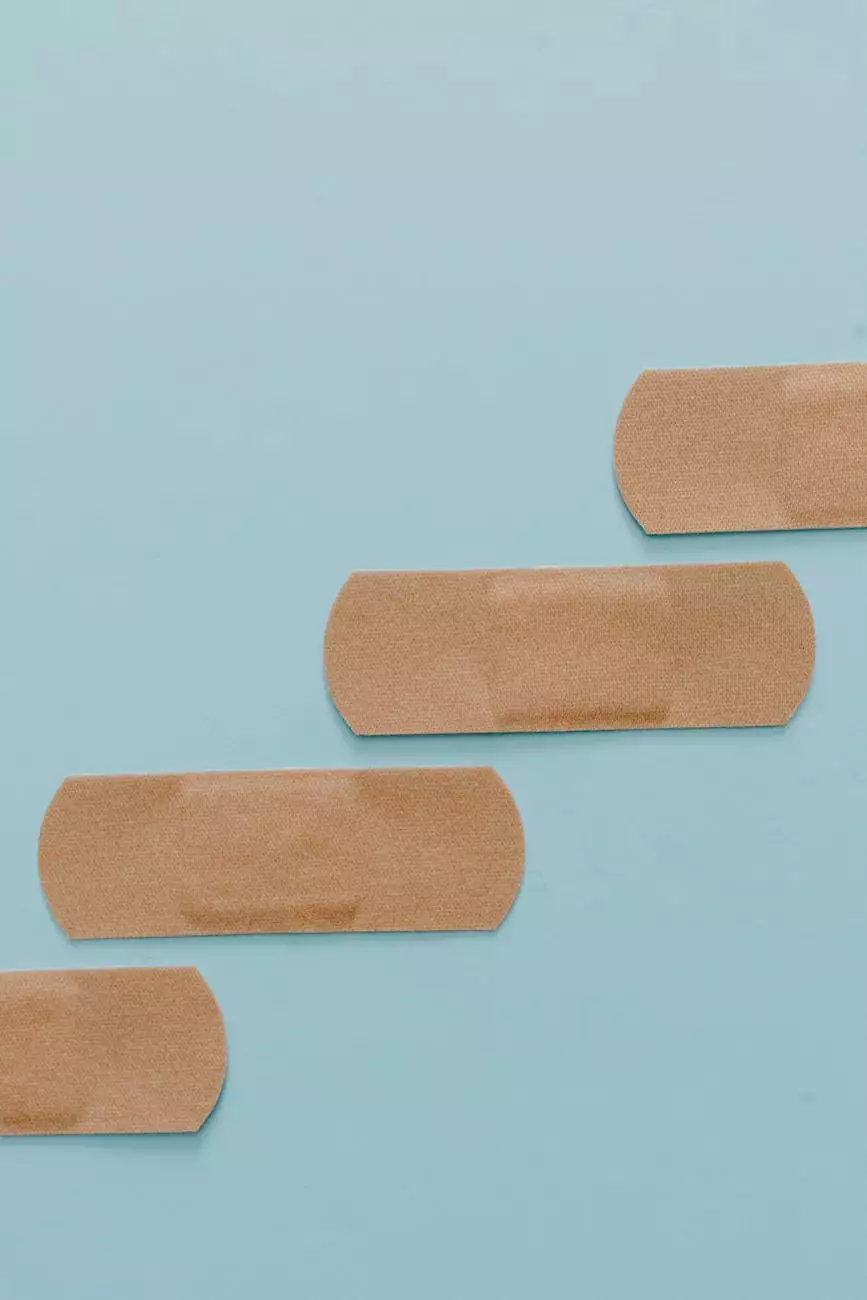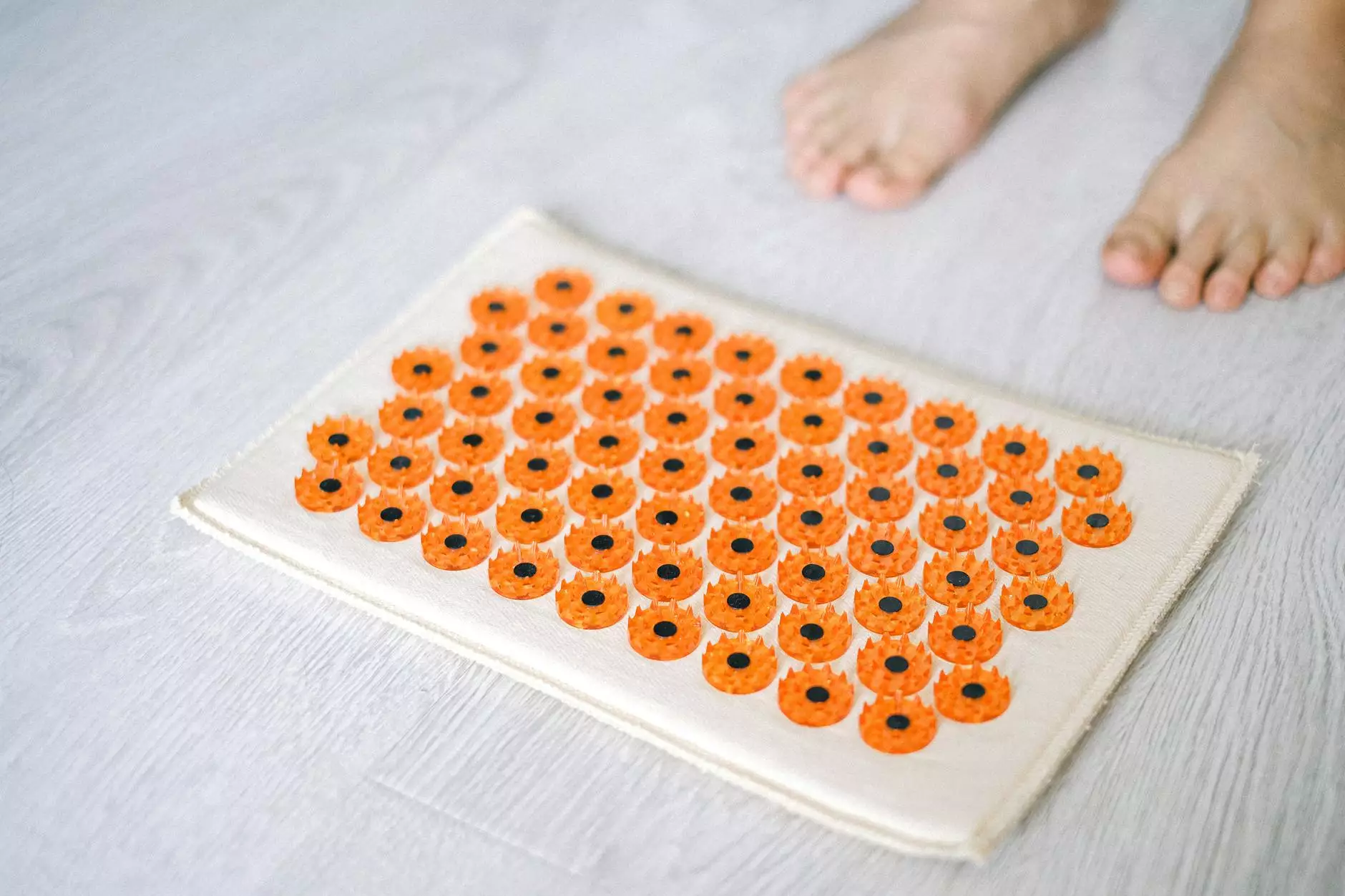Common Symptoms of Athlete's Foot
Orthopedic Surgery
Suffering from Athlete's Foot? Bowling Orthopaedics Has Your Back!
Welcome to Bowling Orthopaedics, your trusted source for orthopaedic care and information. In this article, we will delve into the world of athlete's foot, providing you with a comprehensive understanding of its common symptoms, causes, and potential treatments.
Understanding Athlete's Foot
Athlete's foot, scientifically known as tinea pedis, is a common fungal infection that primarily affects the feet. It is caused by various types of fungi that thrive in warm and moist environments, such as those found in shoes, socks, and public spaces like locker rooms or swimming pools.
Identifying the Signs and Symptoms
Recognizing the symptoms of athlete's foot is crucial for early detection and prompt treatment. Here are some common signs to watch out for:
1. Itching and Burning Sensation
One of the hallmark symptoms of athlete's foot is persistent itching and a burning sensation between the toes or on the soles of the feet. This discomfort can significantly impact your daily activities and quality of life.
2. Redness and Peeling Skin
Affected areas may exhibit redness, inflammation, and peeling skin. These visible signs often occur in between the toes and can lead to further complications if left untreated.
3. Cracked or Blistered Skin
Athlete's foot can cause the skin to crack or blister, leading to pain and discomfort. These openings provide an entry point for bacteria, increasing the risk of secondary infections.
4. Foul Odor
While not always present, a foul odor is a common symptom associated with athlete's foot. The odor is caused by the interaction of sweat and the fungal infection.
5. Discolored or Thickened Nails
In some cases, athlete's foot may also affect the toenails, causing discoloration, thickening, and brittleness. It is essential to address these symptoms promptly to prevent further complications.
Causes and Risk Factors
Several factors contribute to the development of athlete's foot:
- Prolonged exposure to damp environments
- Frequent perspiration
- Wearing tight-fitting shoes
- Sharing contaminated items
- Having a weakened immune system
It is crucial to be aware of these risk factors to minimize the chances of developing this uncomfortable condition.
Treatment Options
At Bowling Orthopaedics, we offer a range of treatment options tailored to your individual needs. Here are some common approaches:
1. Topical Antifungal Medications
Over-the-counter and prescription antifungal creams, sprays, or powders can be effective in mild to moderate cases. These medications target the underlying fungal infection, providing relief and promoting healing.
2. Oral Antifungal Medications
In severe or persistent cases, your orthopaedic specialist may prescribe oral antifungal medications. These medications work from within to eradicate the infection.
3. Prevention Techniques
Preventing athlete's foot includes practicing good foot hygiene, such as keeping your feet clean and dry, avoiding walking barefoot in public areas, wearing breathable shoes and socks, and regularly changing your socks and shoes.
Conclusion
Athlete's foot can be a bothersome and uncomfortable condition that affects countless individuals. Recognizing the symptoms, understanding the causes, and seeking out appropriate treatment are essential steps towards regaining your foot health and overall well-being.
Remember, at Bowling Orthopaedics, we are committed to providing comprehensive orthopaedic care, including the treatment of athlete's foot. Contact us today to schedule an appointment and let our experts guide you towards a quick and successful recovery.




